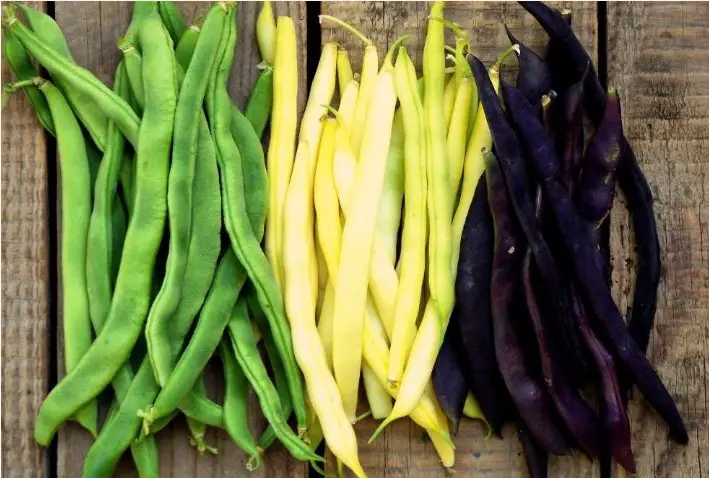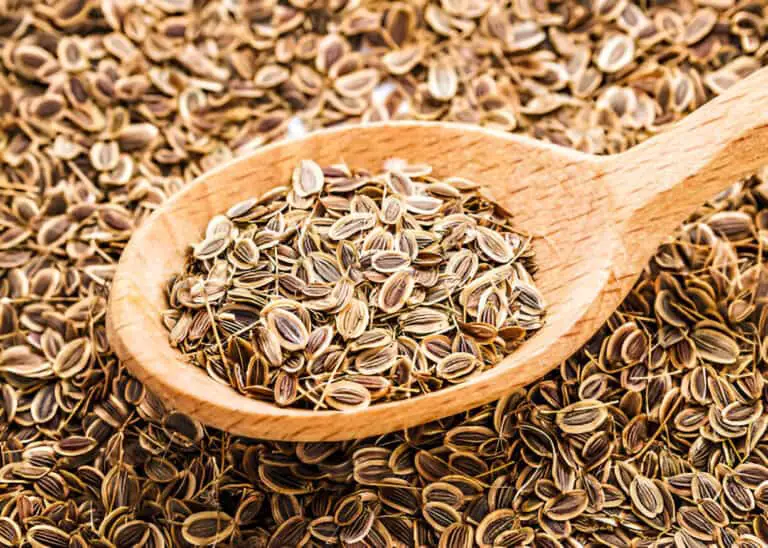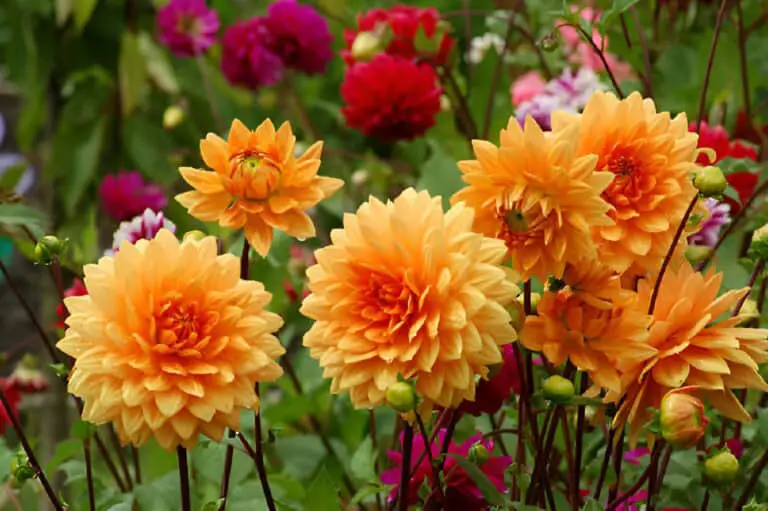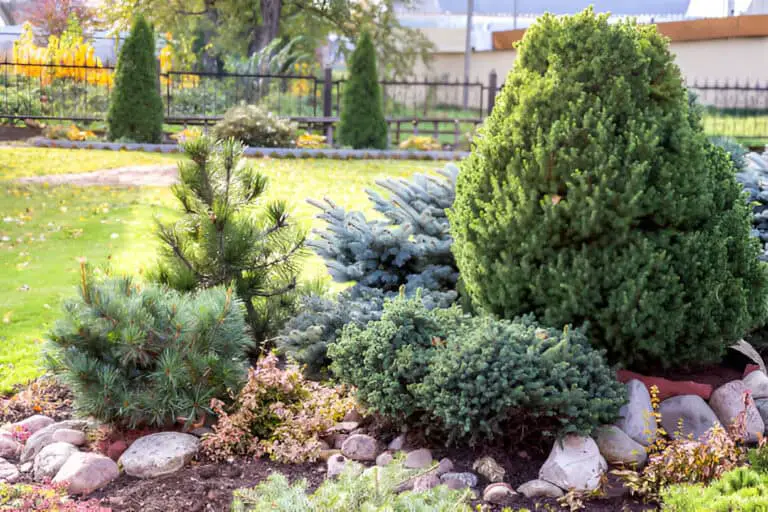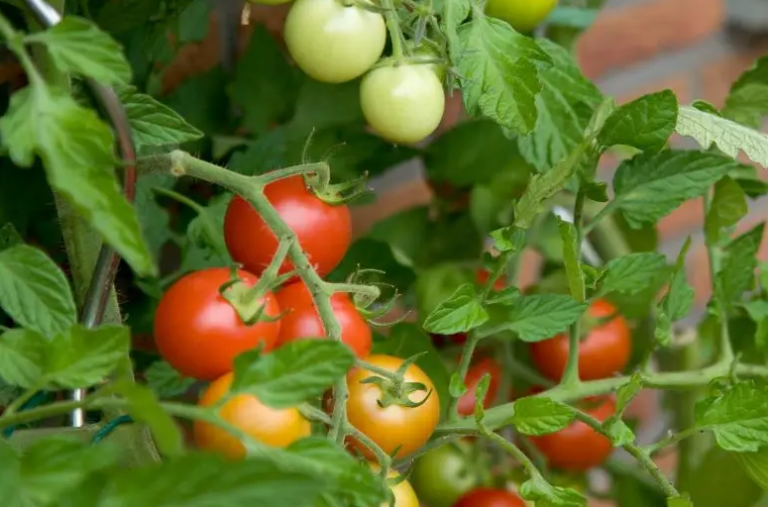Should I Soak Wildflower Seeds Before Planting? Find Out Now!

Gardening has always been more of an art than a science for me. It’s about connecting with the earth. It’s about feeling the soil between your fingers and watching nature unfold in your backyard. But every now and then, even this seasoned gardener hits a crossroad where a little science could come in handy.
One such moment came when I decided to transform a patch of my garden into a wildflower haven. The question buzzing in my head is: Should I soak wildflower seeds before planting?
The Dilemma: To Soak or Not to Soak?
Soaking seeds is a tip I’ve picked up from other gardening enthusiasts over the years. It’s a bit like giving your plants a head start, akin to stretching before a big race. But when it comes to wildflowers, there seems to be a bit of mystery surrounding this method. Do they need that extra boost, or should I just scatter them and let nature take its course?
Why Consider Soaking Wildflower Seeds?
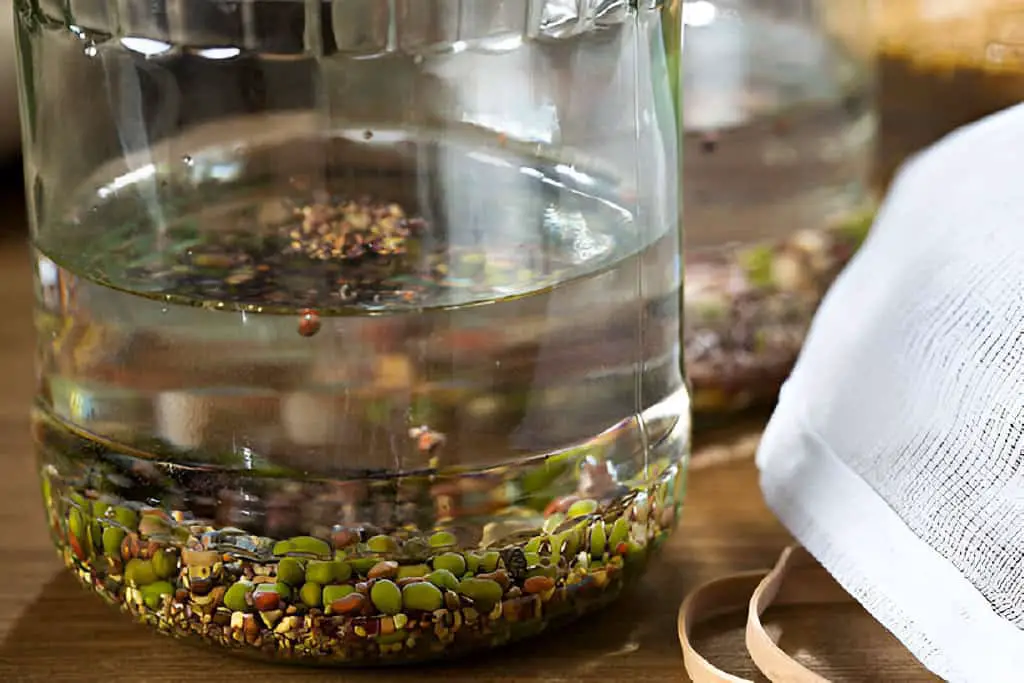
Before diving into the nitty-gritty, let’s talk about why soaking seeds might be beneficial. Think of seeds as tiny time capsules, each one holding the potential for a beautiful bloom, just waiting for the right moment to spring to life. However, some seeds, especially those with harder coats, can be a bit stubborn. Soaking them can help:
- Speed Up Germination: Seeds soaked in water tend to sprout faster, cutting down the waiting time.
- Improve Germination Rates: Some seeds might not germinate at all if they’re too hard. Soaking softens their coats, giving them a better chance.
- Encourage Stronger Growth: Seeds that germinate quickly often grow into stronger plants.
But here’s the catch: wildflowers aren’t your typical garden plants. They’re tough, hardy, and used to thriving in the wild without much pampering. So, does soaking really help them, or is it just unnecessary extra work?
The Science Behind Soaking Wildflower Seeds
Let’s dig a little deeper into the science. Wildflower seeds come in all shapes and sizes, with varying levels of hardness. Some, like poppies and cornflowers, have relatively thin coats that can sprout with minimal fuss. Others, like lupines and nasturtiums, have thicker shells that might benefit from a good soak.
What Happens When You Soak Wildflower Seeds?
Soaking wildflower seeds softens the seed coat. This helps water penetrate and start germination. Think of it like waking up a sleepy teenager; a bit of coaxing can help speed things along.
- Water Penetration: Soaking allows water to penetrate the seed coat, which triggers the embryo inside to start growing.
- Faster Germination: Seeds that have absorbed water tend to sprout faster, shaving days off your waiting time.
- Increased Germination Rates: Soften the seed coat to boost sprouting. This means fewer duds in your flower bed.
| Seed Type | Recommended Soaking Time | Benefits |
| Poppy Seeds | Not Necessary | Quick germination naturally |
| Cornflower Seeds | 2-4 Hours | Faster sprouting |
| Lupine Seeds | 12-24 Hours | Soften hard shell, improved germination |
| Nasturtium Seeds | 8-12 Hours | Faster germination, stronger growth |
My Experience: Soaking Wildflower Seeds

After a bit of research and a whole lot of curiosity, I decided to try soaking some of my wildflower seeds. I selected a mix that included both hard and soft-coated seeds, thinking it would give me a good comparison. I filled a bowl with lukewarm water, dropped the seeds in, and let them soak overnight.
The Results
I won’t lie; I was pretty excited to see what would happen. After planting, I noticed the soaked seeds did sprout a bit faster—by about two to three days. The difference wasn’t jaw-dropping, but it was noticeable. The lupines and nasturtiums, in particular, liked the soak. They broke through the soil with more vigor than their unsoaked counterparts.
Stronger Growth
But here’s where it got interesting: the plants that grew from the soaked seeds seemed a bit sturdier. Their stems were thicker, and the leaves had a deeper green hue. It’s like they had a bit more fight in them, ready to take on the world.
Less Waiting, More Blooms
The real payoff came as the flowers started to bloom. Because the soaked seeds had germinated more quickly, I got to enjoy my wildflower garden a bit sooner than I would have otherwise. And who doesn’t love the sight of vibrant blooms filling their garden?
| Related: Should Your Chive Seeds Get a Soak Before Planting? |
When Soaking Isn’t Necessary
Now, while soaking worked wonders for some of my seeds, it’s not always necessary. If you’re dealing with seeds that have thin coats, like poppies, soaking might not make much of a difference. In fact, some seeds are so delicate that soaking can actually do more harm than good, potentially causing them to rot if left in water for too long.
Wildflowers That Don’t Need Soaking
- Poppy Seeds: These guys are sprinters, not marathon runners. They germinate quickly on their own, so soaking isn’t needed.
- Sunflower Seeds: Another type that generally doesn’t need soaking. They’re tough and ready to grow as soon as they hit the soil.
- Cosmos Seeds: These lightweights germinate easily without any extra help.
The Bottom Line: Should You Soak Your Wildflower Seeds?
So, after all this experimenting, what’s the final verdict? Should you soak wildflower seeds before planting? The answer is—it depends. If you’re planting seeds with harder coats, like lupines or nasturtiums, soaking can give you a noticeable advantage. It speeds up germination and leads to stronger plants, which means more blooms in less time.
But if you’re working with seeds that are already quick to germinate, like poppies or cosmos, soaking might not make much of a difference. In fact, it could even be an unnecessary step.
Factors to Consider
- Seed Type: Harder seeds benefit from soaking, while softer seeds might not need it.
- Climate: If you live in a particularly dry area, soaking can help ensure your seeds get the moisture they need to start growing.
- Timing: If you’re eager to see your wildflowers bloom sooner rather than later, soaking can give you that head start.
My Personal Takeaway
For me, soaking wildflower seeds was a learning experience that paid off. I loved seeing the quick results and the robust plants that followed. I won’t do it for every seed. But, for thicker-coated varieties or if I’m in a hurry, soaking will be part of my routine.
Gardening is a blend of art, science, and a bit of intuition. Sometimes, it’s about trying new things and seeing what works best for your garden.
So, should you soak your wildflower seeds? Give it a try and find out. You might just discover that a little extra effort leads to a whole lot of beauty in your garden.
Final Thoughts: Soak or Scatter?
At the end of the day, whether you soak your wildflower seeds or scatter them directly into the soil, you’re taking part in a tradition as old as time. Gardening is about patience, nurturing, and the joy of watching life unfold.
So, if you’re up for it, grab a bowl of water and give your seeds a soak. If not, scatter them and let nature take its course. Either way, you’ll end up with a beautiful garden that’s uniquely yours. And isn’t that what gardening is all about?

